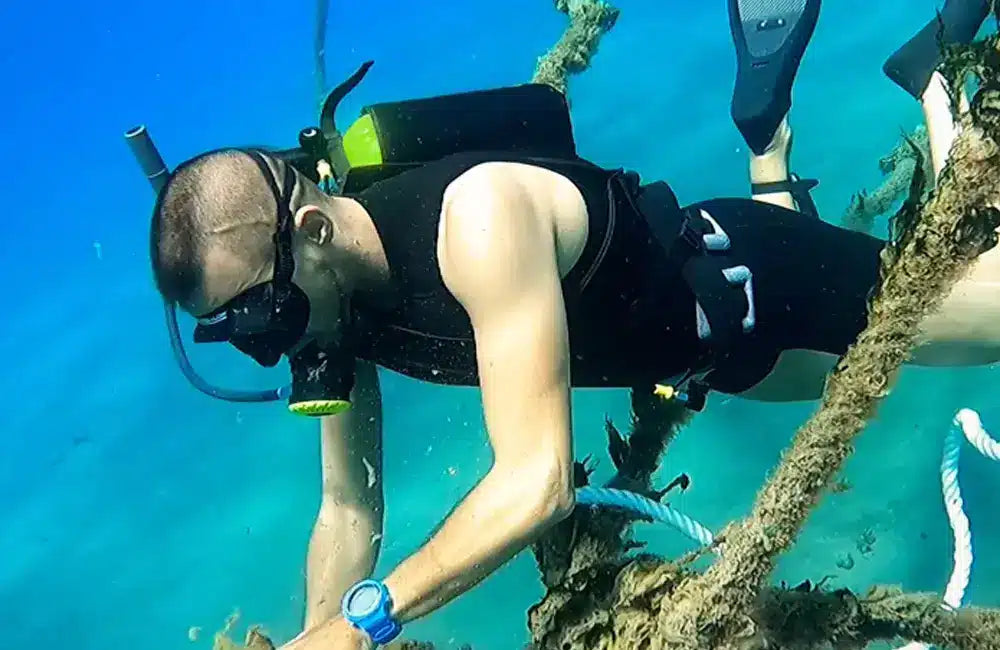
5 Critical Pressure Check Points for Small Dive Tanks
For small dive tanks, key pressure checks include: verifying hydrostatic test at 300 bar (1.5x working pressure), ensuring no overfill beyond 200 bar service limit, confirming annual retest complia...
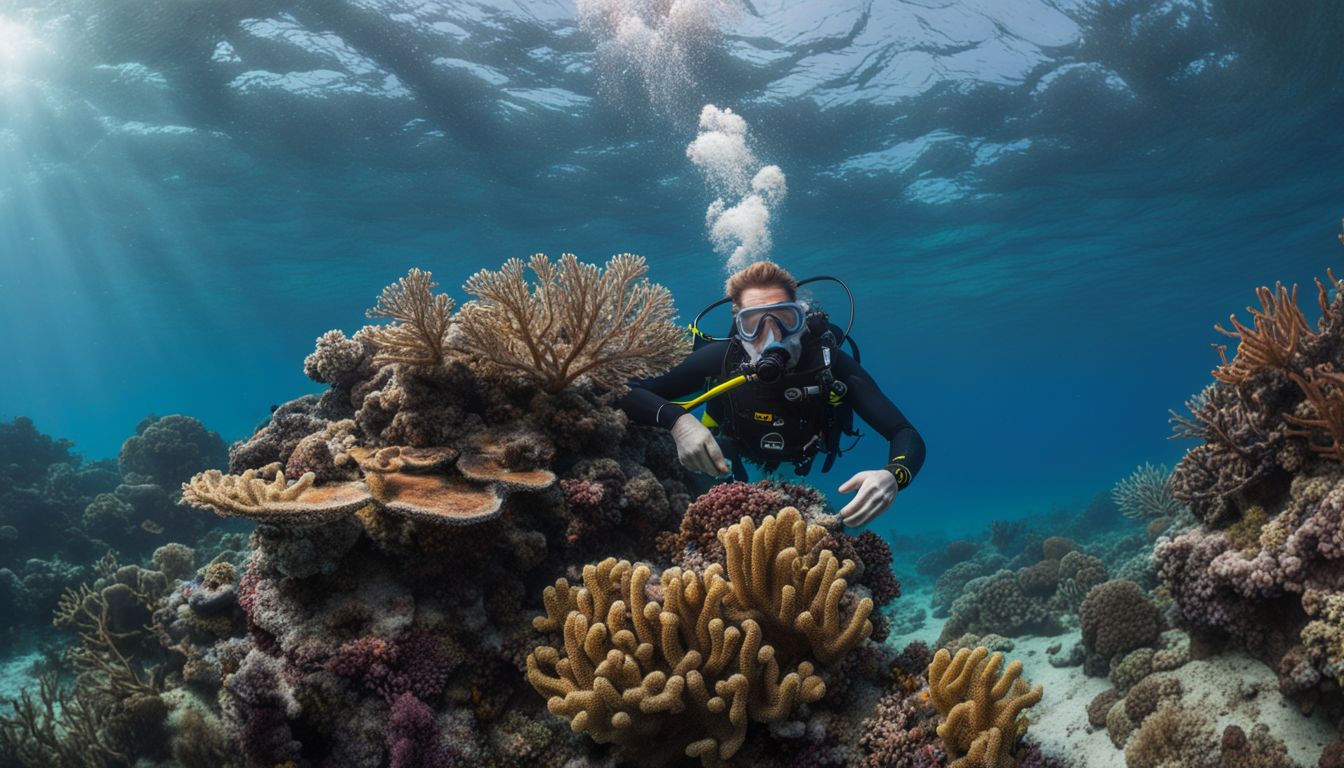
5 Most Common Regulator Issues with Mini Tanks
Common regulator issues with mini tanks often include leaks at seals (affecting 25% of units annually), pressure fluctuations exceeding ±5 PSI during use, and clogged filter elements reducing flow ...
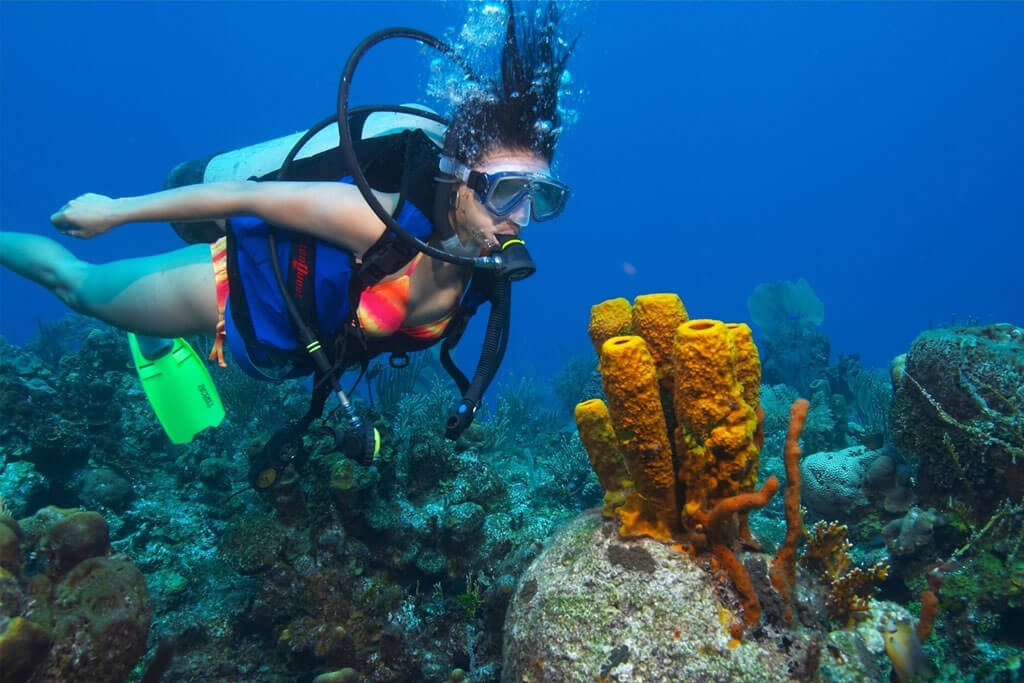
How to Solve Tank Moisture Issues: 5 Solutions
To tackle tank moisture, prioritize daily ventilation for 15 minutes to reduce humidity by ~30%, use 100g silica gel packs per 50L tank to absorb 20-30% ambient moisture, seal leaks with food-grade...
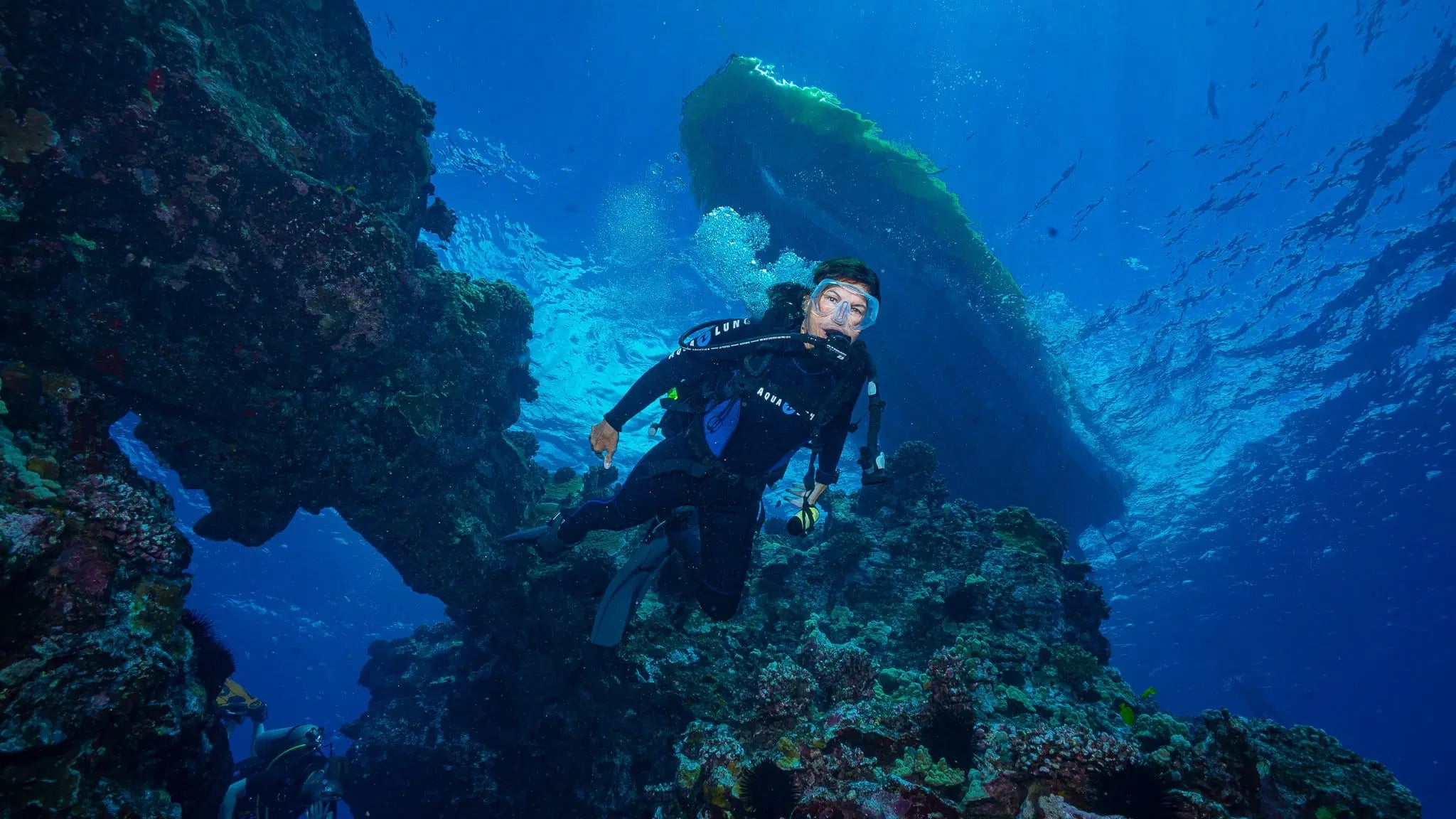
How to Select a Mini Tank Based on Dive Duration: 5 Factors
To select a mini tank for dive duration, focus on five factors: start with capacity (3L or 5L typical), then consumption rate (novices use ~20L/min, pros ~15L/min—so 5L at 20L/min = 15min runtime),...
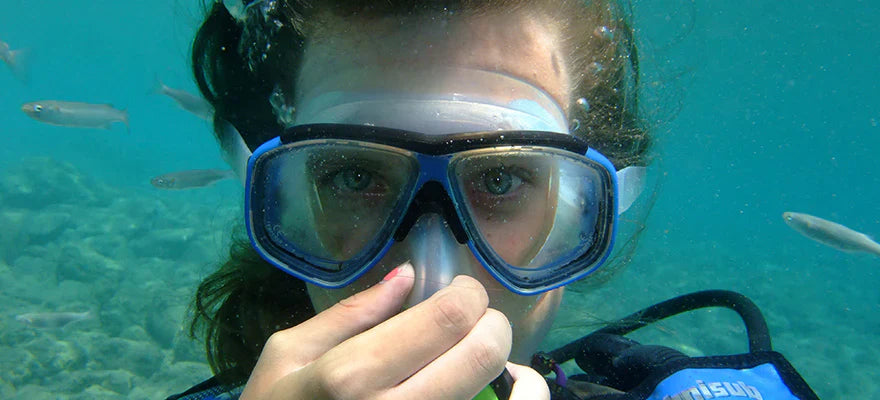
How to Prevent Snorkel Mask Leaks: 5 Adjustment Techniques
To prevent snorkel mask leaks, prioritize three key adjustments: first, fasten the headstrap so it sits justabove your ears with two fingers’ room at the nape—too tight cuts circulation, too loose ...
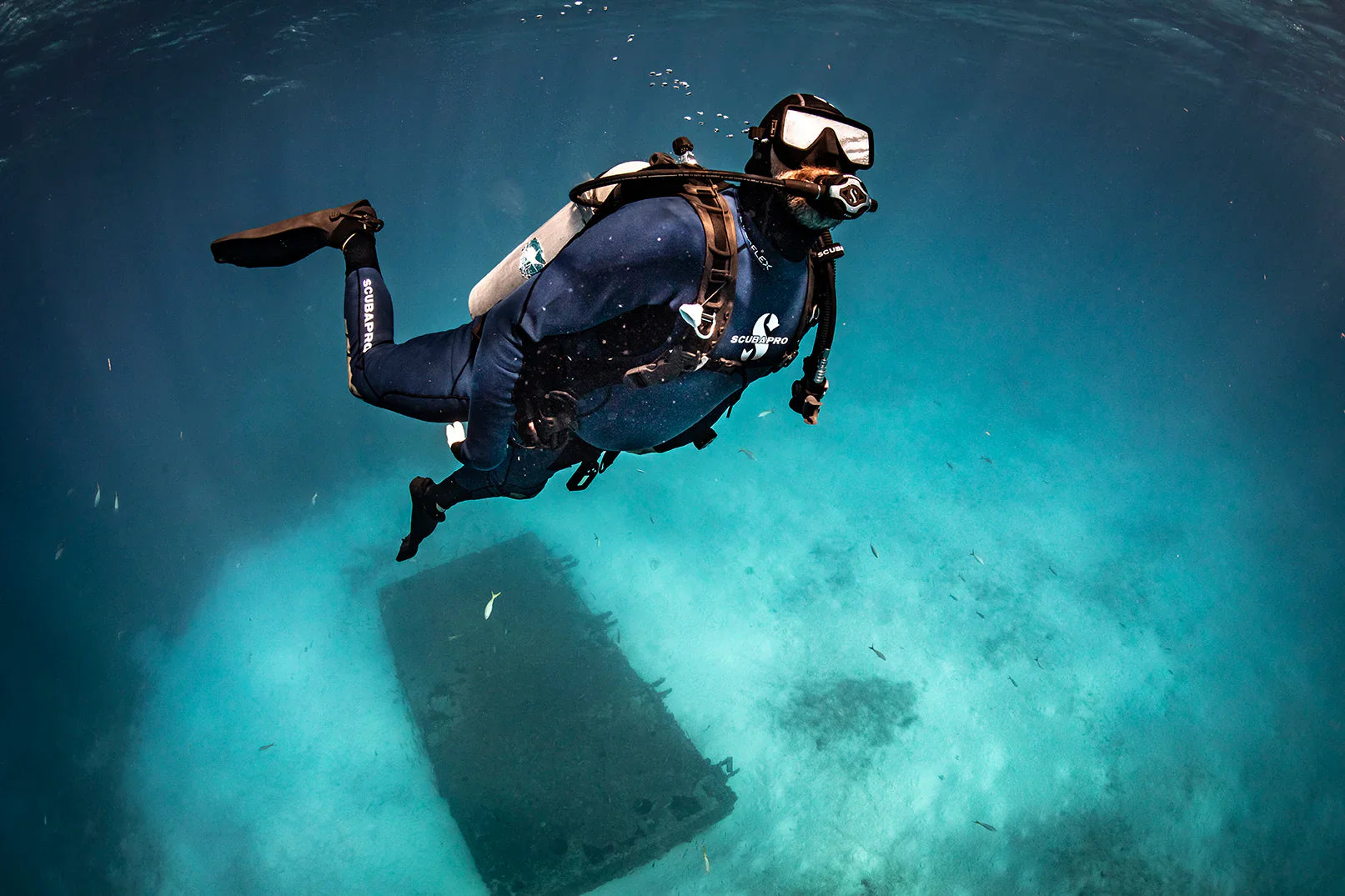
5 Steps to Prevent Tank Valve Corrosion
To prevent tank valve corrosion, clean valves every two weeks with pH-neutral solutions, apply anti-corrosive coatings covering 95% of the surface, maintain ambient humidity below 60%, conduct mont...